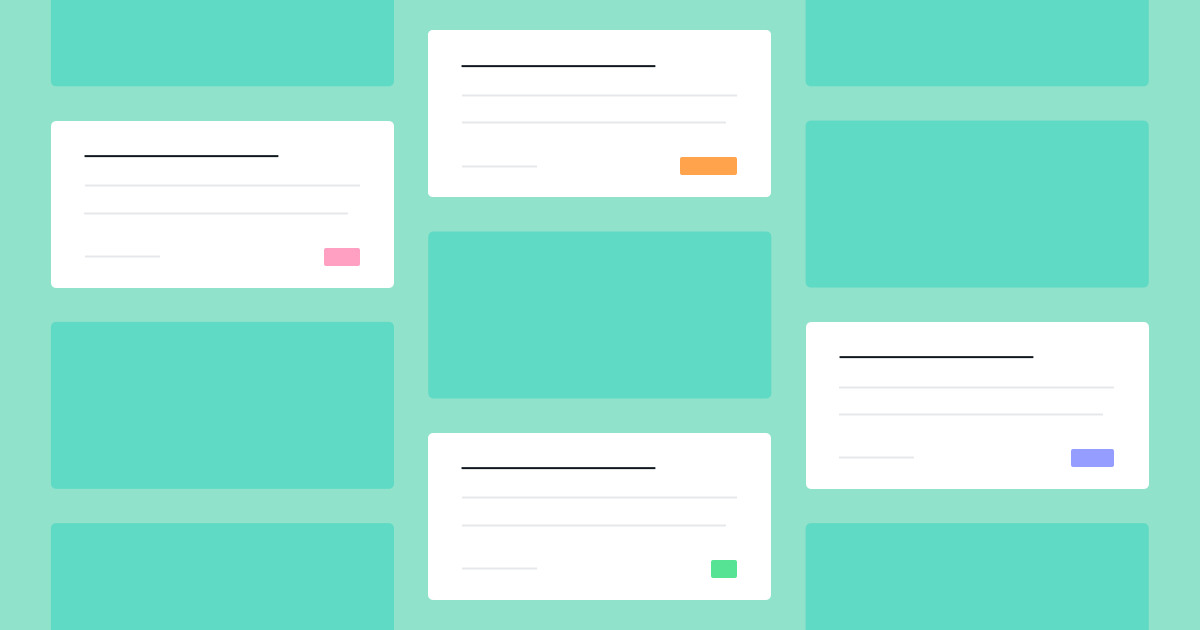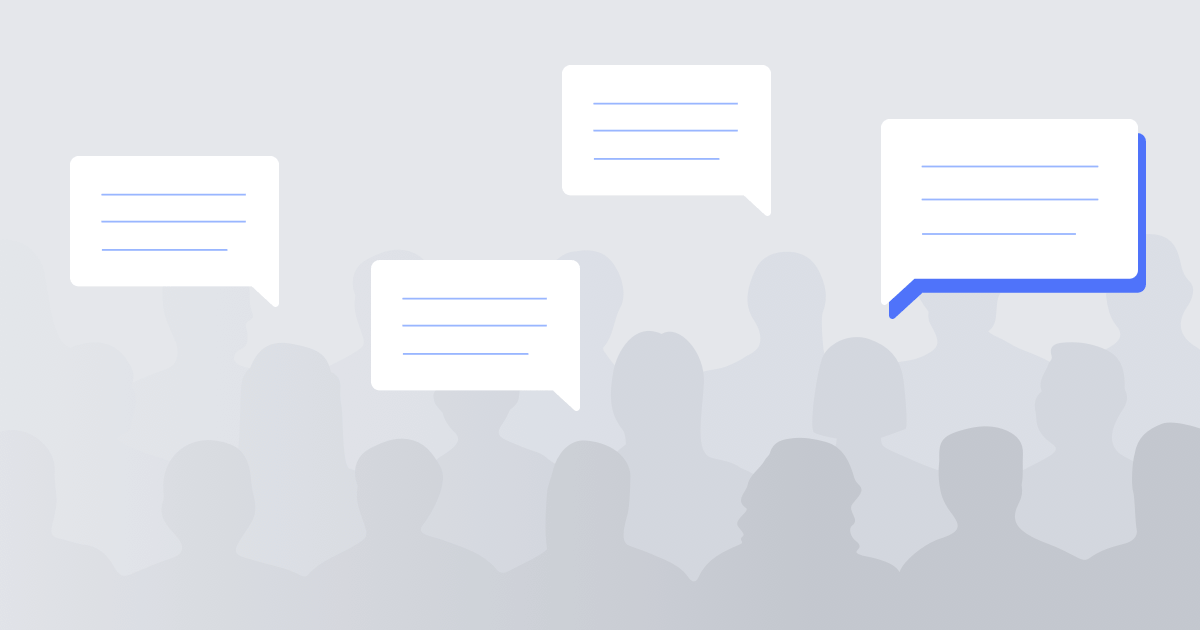Once you discover the power of surveying customers and implementing their feedback, it’s easy to want to scale your feedback program to send more surveys, more frequently. But if you see response rates drop and a lack of customer engagement with your surveys, your audience might be experiencing survey fatigue.
Surveying at the right frequency, with the right survey design, is what keeps your customers responding and free of survey fatigue. In this guide, we outline what survey fatigue is, what causes it, and how to avoid it so you can make the most of your feedback program.
What is survey fatigue?
Survey fatigue is when respondents are no longer interested in completing your surveys due to the volume of surveys or the effort it takes to complete them. This type of fatigue can lead to lower survey response rates, inaccurate data, or abandonment of the survey altogether.
Types of survey fatigue
The two most common types of survey fatigue are caused by (1) the sheer volume of surveys or (2) the survey itself.
- Pre-survey fatigue: Respondents who are over-surveyed can experience fatigue that manifests before they take your survey, causing them to skip it entirely. This type of survey fatigue can impact your open rate.
- Mid-survey fatigue: On the other hand, respondents may begin your survey but drop off before completion due to the effort it takes to answer the survey questions or the survey itself. This type of survey fatigue can affect your completion rate.
In fact, 70% of people said they’ve abandoned a survey before completing it. And with only 9% of respondents taking the time to answer long surveys, it’s more difficult than ever to get potential respondents to complete your survey.
What can cause survey fatigue?
There are a number of reasons why respondents might lose interest in taking your surveys.
1. Lack of audience segmentation
Customers constantly receive marketing emails from different brands: fatigue from generic, unspecific surveys about their experience can add up. When customers receive personalized, well-designed surveys, they’re shown that you value their experience and time.
By segmenting your audience and personalizing surveys based on those segments, you’ll show customers you care by asking them about a specific product they purchased or their experience with a support representative instead of sending out a boilerplate survey asking broad questions.
2. Poor survey design
Surveys that lack a clear purpose, are visually bland, or are too long can cause fatigue due to poor design. Asking the right questions and avoiding biased questions are two ways to improve your survey design and avoid survey fatigue.
You can also customize your survey with your brand colors, add an introductory message, and tailor the survey Thank you page to take your survey design to the next level.
3. Not taking action
While asking for employee and customer feedback is important, the most critical part of the equation is taking action on feedback. If respondents don’t believe their input will have an impact, they may be less inclined to respond to your surveys.
For example, if you receive feedback stating customers are unhappy with your checkout experience but it’s never improved, your surveys don’t serve a greater purpose. This is why having a goal and action plan for your survey program is so important.
How to avoid survey fatigue
Now that we’ve discussed survey fatigue and its causes, let’s examine the strategies you can use to combat it.
1. Ask the right questions
Including the right questions in your survey can prevent respondents from experiencing survey fatigue. Here are some do’s and don’ts for successful question design:
Do:
- Ask direct questions. Make sure your questions are clearly worded and free from ambiguous language.
- Ask multiple-choice questions. When respondents are given different answer options to choose from, it’s much easier for them to answer the question.
- Ask one question at a time. Avoid double-barreled questions that ask two questions in one. These questions confuse respondents and skew your survey data.
- Ask questions that are relevant to the respondent. Use conditional skip logic to avoid asking users questions that don’t apply to them.
Don’t:
- Include long or repetitive survey questions. Just like long surveys, lengthy survey questions can contribute to survey fatigue. Respondents could also get frustrated by repetitive questions in your surveys.
- Ask too many open-ended questions. Including a mix of open and close-ended questions keeps the survey interesting and requires less effort from respondents than a survey with only free-response questions.
- Use acronyms or business jargon. Make sure to provide definitions for acronyms and terms that your respondents may not be familiar with.
TIP: Take a look at the different types of survey questions in our guide with examples you can use in your next survey.
2. Adjust your survey timing and frequency
Since over-surveying is a prominent type of survey fatigue, fine-tuning when and how often you survey respondents is paramount. Your survey frequency will depend on the type of feedback you’re looking to collect:
- For B2B and SaaS product feedback, you can survey 2 weeks to 1 month after implementing a new product or feature.
- For transactional feedback based on a specific point in the customer journey (like a customer support inquiry or demo), you should send your survey within 24 hours of interacting with the customer.
- For consumer product feedback, it’s best to send your survey up to 7 days after the product is in hand.
- For relationship feedback via NPS, CSAT, or CES surveys, you can survey every 30, 60, or 90 days.
- For employee feedback, you can also survey on a 30, 60, or 90-day basis.
TIP: With Delighted AI, you can automate survey delivery and customize how often respondents are surveyed within a given time period – AKA survey throttling. Based on the time period you choose, no one will be sent multiple surveys within that time frame.
3. Set expectations for how long the survey will take
Lengthy, time-consuming surveys are a recipe for survey fatigue. To avoid surveys that are too long, you’ll want to test your survey before sending it and time how long it takes to complete. A survey that takes more than 10 minutes is likely too long.
Then, highlight how long the survey will take respondents in the introduction – they’ll be more inclined to take your survey if they know how much time it will take.
4. Incentivize survey completion
If your customers aren’t responding to your surveys, another way to engage them is by offering an incentive for survey completion. Some examples of incentives to give respondents who complete your survey include:
- Entering survey respondents into a raffle for a prize (like a gift card or cash)
- Offering a discount code for future purchases
- Rewarding survey completion with freebies or a free trial
By being thoughtful about when, how, and what you ask in your surveys, you can prevent survey fatigue. Designing surveys with fatigue in mind allows you to gather more useful data that will help you drive better experiences for your customers and employees – and better outcomes for your business.
Ready to design your next survey? Start by gathering feedback with our free online survey tool.



